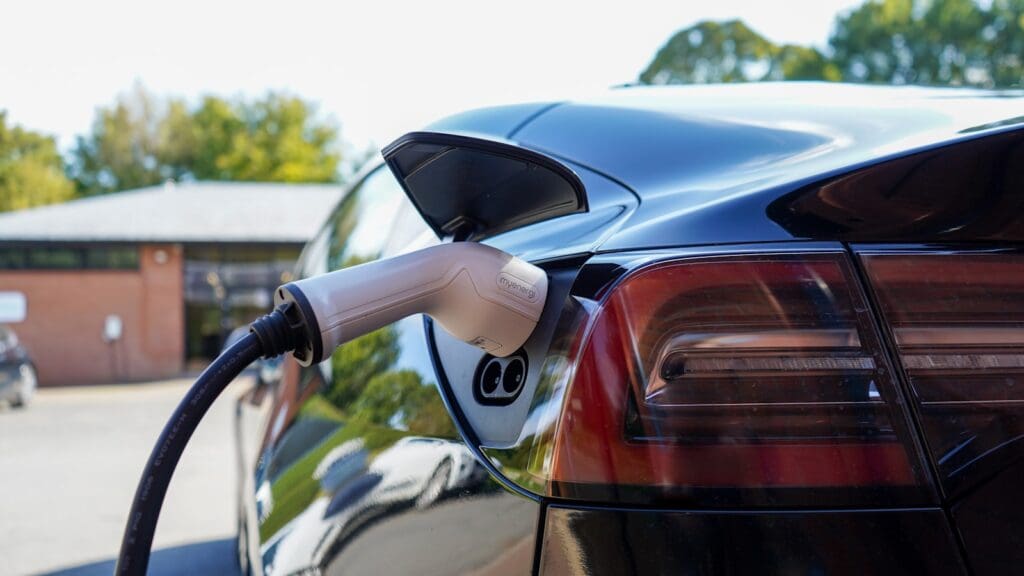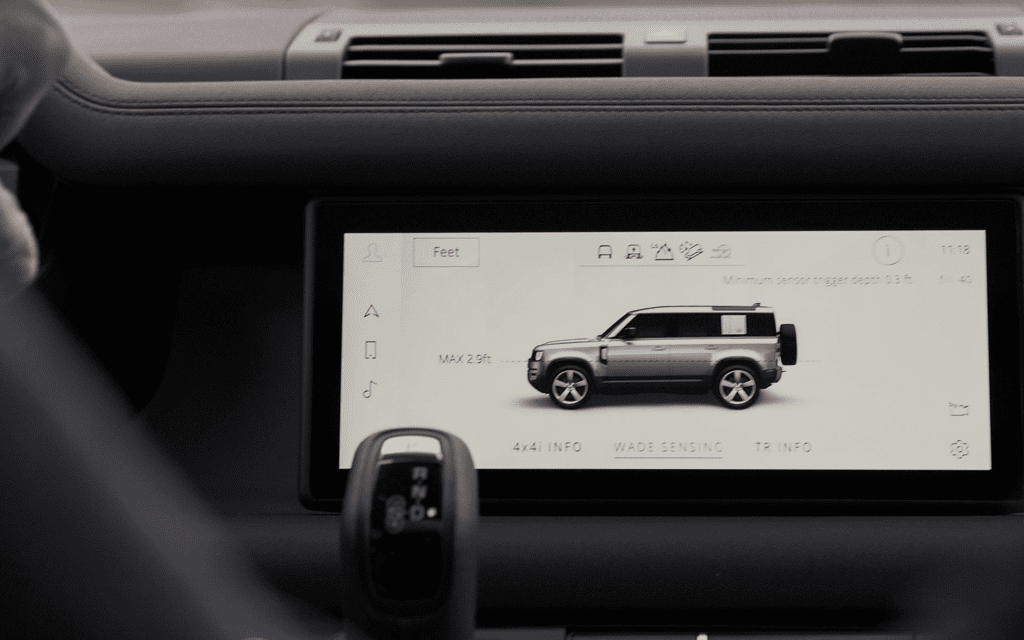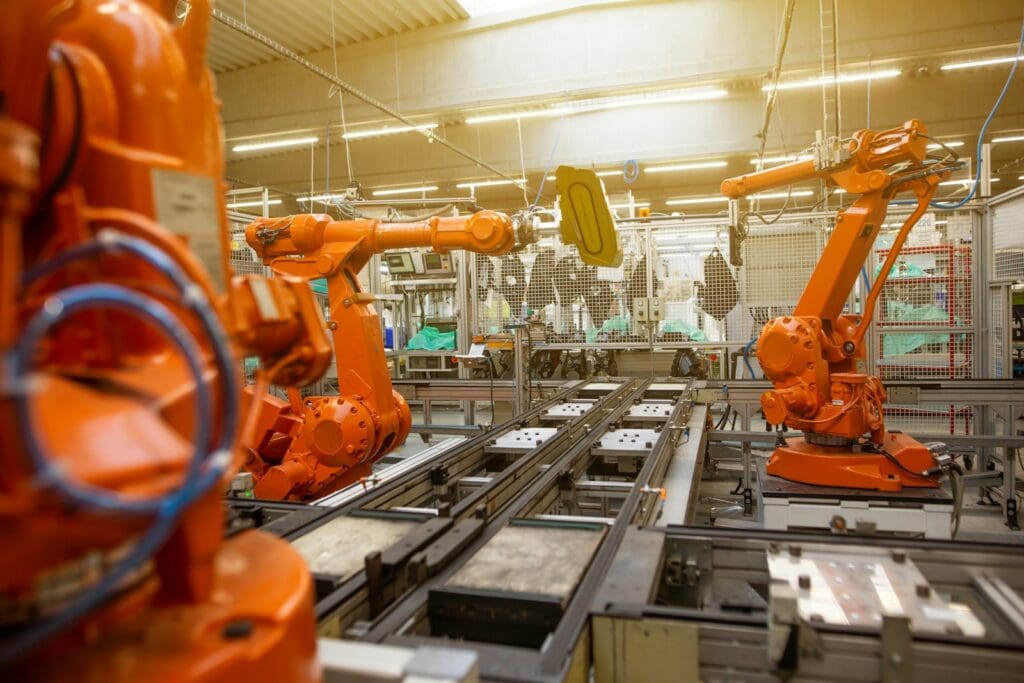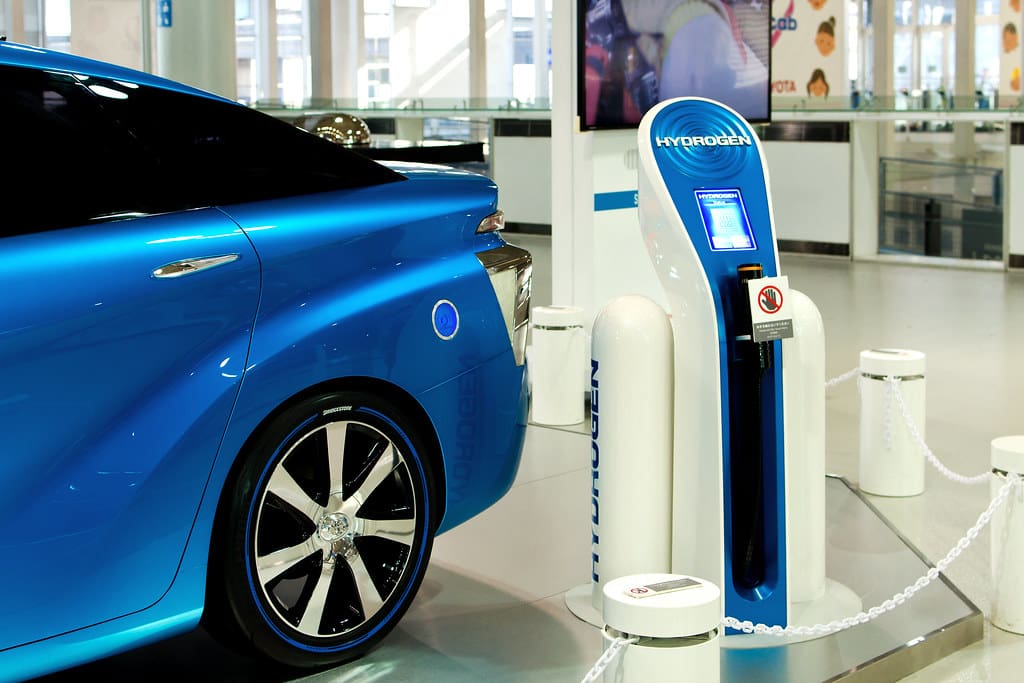Rapid innovations in technology and the need for environmental protection have accelerated innovations in automotive technology. Consumer trends are moving in unexpected directions. Here are ten auto industry trends to watch.
10. Worldwide Adoption of Electric Vehicles

While this isn’t news to anyone, collectively, the world has bookmarked a target date of 2026-2030 for electric vehicle adoption to reach net-zero emissions by 2050. Since 2020, EV sales have surpassed expectations, growing over 40% year over year. An estimated 14 million EV sales occurred in 2023. Today, over 4% of all automotive sales are electric vehicles.
9. Autonomous Vehicles

The autonomous vehicle industry is in its infancy. Nonetheless, the technology is increasing rapidly. In addition to Tesla, the other leading companies developing autonomous vehicles are Alphabet (Google)/Waymo, Ford, GM/Cruise, Volkswagen/Microsoft, Uber Technologies/Motional, BMW, Nvidia, and Volvo. Lesser-known companies such as Zoox, Pony.ai, Baidu, Aurora, Mobileye, May Mobility, and Nuro are also in the game to name a few.
8. Increased Connectivity in Vehicles

Thanks to 5G and the Internet of Things (IoT), increased connectivity is now available to vehicles. The advantages of connectivity are more efficient driving, increased safety, protective maintenance, and better coordination with infrastructure. Unfortunately, there are disadvantages such as privacy, personal data breaches, and potential ransom where hacks or navigation system breaches. Despite the pros and cons, adoption will increase.
7. Vehicle Purchases to Shift Online

The buying of practically everything has shifted online, and all signs indicate vehicle purchases will be no different. Already, over 90% of vehicle buyers perform online research before purchasing. When surveyed, 83% of car buyers said they wished they could have saved time buying a vehicle online. In 2019, 80% of buyers used third-party sites to assist in car purchases.
6. The Automotive Parts Market Will Grow Even More

For 20 years, the global market for automotive parts has grown steadily. In 2021, $723 billion worth of auto parts sold. The aftermarket parts industry is worth an estimated $85.28 billion. Currently, 94% of consumers check the manufacturer’s website for information before purchasing a part. As the average age of vehicles on the road increases, the parts industry will benefit.
5. Chip Shortages Will Continue to Plague Auto Manufacturers

One downside to abundant technology in every industry is the increased demand for semiconductor chips. As vehicles increase the amount of on-board technology they contain, it increases the need for semiconductors. Demand for chips is rising, and an inadequate supply exists. Expect to see increased investment in new chip factories to meet demand.
4. Low Inventory Will Impact Auto Sales With High Prices

During the pandemic, new and used vehicle prices skyrocketed. By 2022, auto sales fell to their lowest first-quarter volume in the past decade. Passenger cars dropped 25% compared to a year earlier. The sales slump is attributed mainly to low inventory. Chip shortages are slowing production. Various supply chain issues are also a factor. Low inventory increases demand and prices.
3. Micromobility Could Shift Vehicle Demand

A move toward micromobility, the use of lightweight vehicles such as bicycles or scooters, especially electric versions, is growing, especially in urban areas where rentals and borrowing are offered. In 2022, 76% of Americans used a vehicle to commute. However, that’s a drop from 2019, when the figure was 80%. Traffic congestion and environmental awareness are driving the micromobility trend.
Read More: The 10 Classic Cars Every Enthusiast Should Know
2. Hydrogen: The Fuel of the Future?

Fuel-cell electric vehicles (FCEV) acquire power from a fuel-cell stack that creates electricity through a chemical reaction from hydrogen and oxygen. It can be refueled instead of recharged, and its only byproduct is water. It emits no CO2. It’s similar to refueling a gas vehicle and takes only five minutes. One tank delivers 300-400 miles of travel.
Read More: This Is Why People Still Avoid Electric Cars
1. Growth of Luxury Car Brands

Over the past two years, high-end luxury brands have experienced unexpected success. In 2022, vehicles priced over $100k outsold lower-price cars 3 to 1 in the first quarter. The market for vehicles priced below $80k is expected to remain flat through 2031. However, the market for luxury cars is predicted to grow up to 14%.
Read More: 10 Family Autos That Are Actually Cool







